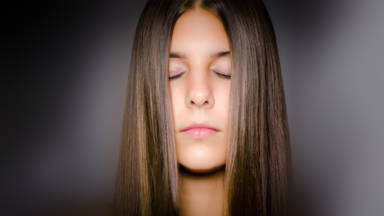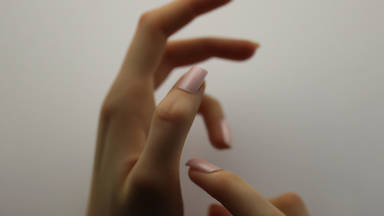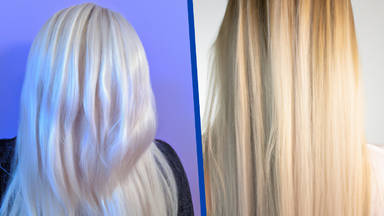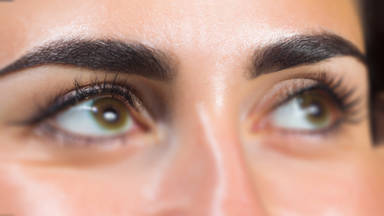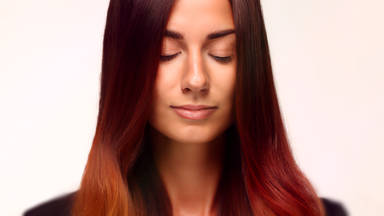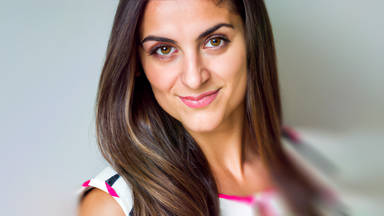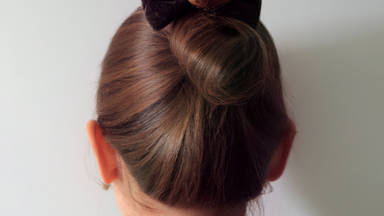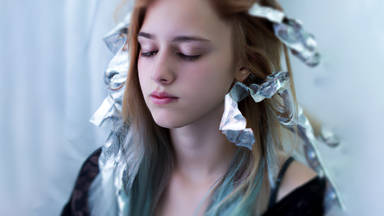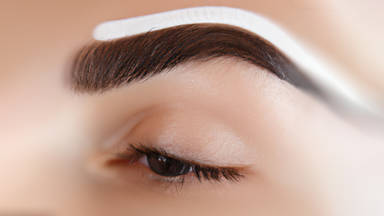
When it comes to changing the way they look, most people think about dyeing their hair. However, dyeing your hair is not an easy procedure, so you are likely to have many questions about it. You may want to know which colors are suitable for Your face and skin, as well as which methods are the best, such as highlighter, ombré, or sombre. Possibly you're also concerned about damaging your hair. In this article, we'll answer some of the questions you might have.
The choice of hair dye color is often a tough one for most people. In choosing a hair color, people would like to know what factors are important and how to consider them. Generally, hair dyes can be classified into two main categories: warm colors and cool colors. People with light skin and light eye colors are often attracted to warmer colors, whereas people with dark or brown skin are usually drawn to cool colors.
Olive or gray colors, for example, make your face appear more attractive if you have bronze or brown skin. This is because the combination of cool colors and warm colors appears more pleasing to the eye, complementing each other well and enhancing your attractive appearance.
Those with white skin should consider using warm colors. Wine, copper, gold, and light blond can help make your face appear more beautiful and warm regardless of makeup.
Hair Coloring Techniques
There are different methods to dye hair, such as Ombre, Contouring, Highlights, and Sombre. Many people get confused between these methods and often find it difficult to decide what method is best for them.
When applying contour to the face, you should be very diligent in order to achieve the best results possible. The shape of the face differs from person to person, including round faces, rectangular faces, oval faces, heart-shaped faces, and so on. Oval faces are the the easiest ones for applying makeup and can produce relatively better results when it comes to highlights, foil wraps, Ombre, or any other type of dye. You may also need to adjust your makeup differently depending on your skin color, such as brown, yellow, or white.
Hence, even if you have a brown complexion with a round face and choose a blond color that suits you, you will still need to contour the look to make it fit you and make you look younger. The contouring must be done in a brown color around the face. However, A person may prefer to select a different color than the one recommended by the professional. It is up to the individual.
If you have a long forehead, it is likely that your face will look even longer by a Meche or highlight beginning from your root, or a platinum blond bleach. These aspects are important to take into account.
Highlights for bangs should start 5 to 8 centimeters from the roots, so when you split your hair between your middle or side, the brown or natural color will reflect and minimize the effect. It should be used only for the bangs, of course.
When can a person start dyeing their hair?
There are different types of dye. There are dyes containing low levels of Ammonia and dyes that don't contain any Ammonia. And there is the regular dye that contains a noticeable amount of Ammonia. After being exposed to ammonia for a while, your scalp and hair may be severely damaged.
If you dye your hair at a younger age, you may damage your hair and skin because hair and skin are more sensitive to chemicals at younger ages. You should not begin dyeing your hair before the age of 18 if you want to keep it healthy and bright. When dyeing your hair at a young age, it is recommended that you use an Ammonia-free dye as it will hardly affect the hair cuticles.
When you dye your hair with dye containing ammonia, you can easily damage your scalp tissue and hair, and your scalp will become more sensitive and dry as you age and dye your hair more often. Using organic oxidants is also recommended.
Is it safe for pregnant women to dye their hair?
During pregnancy women are advised to use only Ammonia-free dyes. Some doctors may allow the use of a dye even if it contains Ammonia after the first three months of pregnancy, but most doctors won't. You should always follow your physician's recommendations. However, there is dye material on the market that's specifically designed to be used by pregnant women. These types of dyes aren't likely to cause problems because they are designed for this exact purpose.
Is hair dye affected by hormonal changes?
It is clear that hormone fluctuations have a significant impact on our health. Especially during the monthly cycle, hormone levels often change. One of the most frequent questions we get is whether hormonal changes can alter your hair's ability to accept dye.
Most people wonder why their hair looks green or red after dyeing. Your skin contains melanocytes and your hair contains pigments. These pigments are a combination of red, blue, and yellow that creates a shade of brown, which is your skin color.
The main reason why your hair looks green or red is the natural pigment in your hair, which affects the dye. The red pigments in your hair take precedence over the synthetic pigments in dye, so if you have more red pigment in your hair, after a few washes, it will show up even after you've dyed your hair. Green color tends to show up more prominently if you have a dark complexion or dark hair, so even if you dye your hair red, the green color will show up.
The level of hormones in your body can also affect the color of the dye, so you should be careful to apply the dye correctly in these circumstances.
